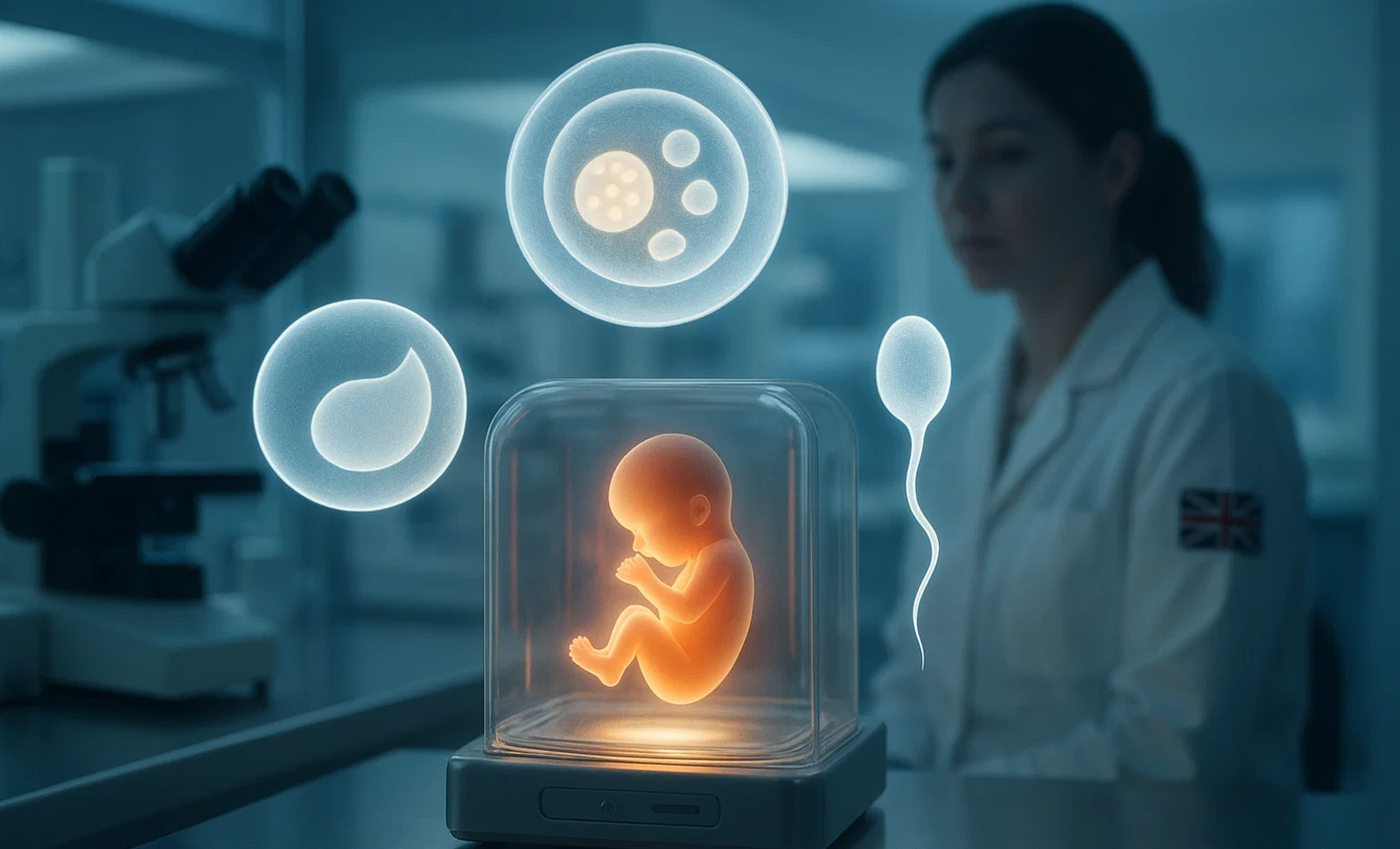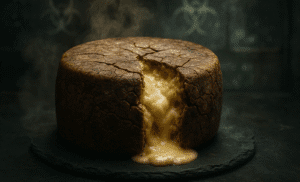In a landmark achievement for reproductive medicine, eight healthy babies have been born in the United Kingdom using an innovative fertility technique that incorporates mitochondrial DNA from a third person to prevent the transmission of severe genetic disorders. The babies; four girls and four boys, including one set of twins, were conceived at the Newcastle Fertility Centre and represent the first births under the UK’s regulated mitochondrial donation programme .
The births took place between late 2023 and early 2025 under a tightly controlled clinical trial overseen by Newcastle University scientists and licensed by the Human Fertilisation and Embryology Authority (HFEA). The research findings were published this week in the New England Journal of Medicine, marking the first clinical assessment of the technique in the world and drawing international attention to the UK’s cautious approach to germline therapies .
Seven women who carried mutations in their mitochondrial DNA mutations that can cause debilitating conditions such as muscle wasting, heart failure and neurological decline opted into the trial after multiple miscarriages or the birth of affected children. One mother, speaking on condition of anonymity, said “After two heartbreaking losses we thought we had no options. Today our healthy daughter is proof that science can give families hope.” Fathers expressed similar relief and gratitude, noting that conventional IVF offered no guarantee against transmission of the defects.
Known clinically as mitochondrial donation or maternal spindle transfer, the procedure begins by extracting the nucleus which contains the vast majority of genetic material from an egg obtained from the mother. That nucleus is then inserted into a donor egg that has had its nucleus removed but retains healthy mitochondria the cellular powerhouses that carry their own small set of DNA. The reconstructed egg is fertilised with the father’s sperm and implanted in the mother’s uterus, resulting in an embryo whose nuclear DNA comes from both parents while its mitochondrial DNA derives from the donor. Because mitochondrial mutations account for only about 0.1 percent of the total DNA, the genetic contribution of the donor is minimal yet crucial in preventing disease .
The UK became the first country to legalise mitochondrial donation under strict conditions in 2015, with the HFEA granting its first treatment licence to the Newcastle Fertility Centre in 2017. Unlike gene editing approaches that alter nuclear DNA, mitochondrial donation modifies only the energy-producing genes and is designed to leave the rest of the genome untouched. Nonetheless, ethical concerns persist around the idea of germline interventions and the potential for unforeseen effects, known as “reversion,” in which residual mutated mitochondria might proliferate. The HFEA has mandated long-term follow-up of the children to monitor health and genetic stability .
Preliminary clinical assessments indicate that all eight children are developing normally, with no detectable signs of mitochondrial disease. Six of the babies show a reduction of mutated mitochondrial DNA by more than 95 percent, while the other two exhibit levels between 77 and 88 percent still well below the threshold at which disease manifests. Researchers emphasise that continuous monitoring will be critical to confirm the durability of these results as the children grow .
The success of the UK trial has spurred interest in similar programmes abroad, with Australia planning clinical studies in 2026. However, the high cost of the procedure borne currently by private patients rather than the National Health Service limits its accessibility. Advocates argue that broader NHS funding would ensure that more at-risk families could benefit, while opponents call for caution until longer-term safety is established.
The eight babies born through mitochondrial donation usher in a new era in which science can intercept devastating inherited diseases before birth. For the families involved, what was once a source of fear has become a reason for celebration and for many affected parents worldwide, a beacon of hope.

















